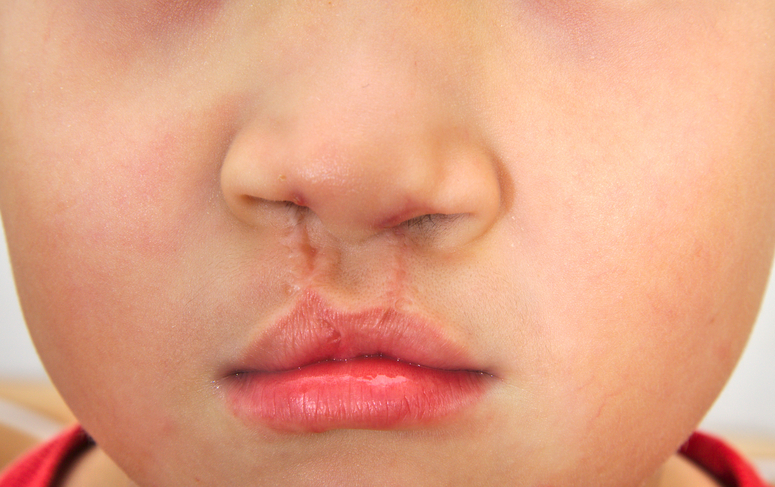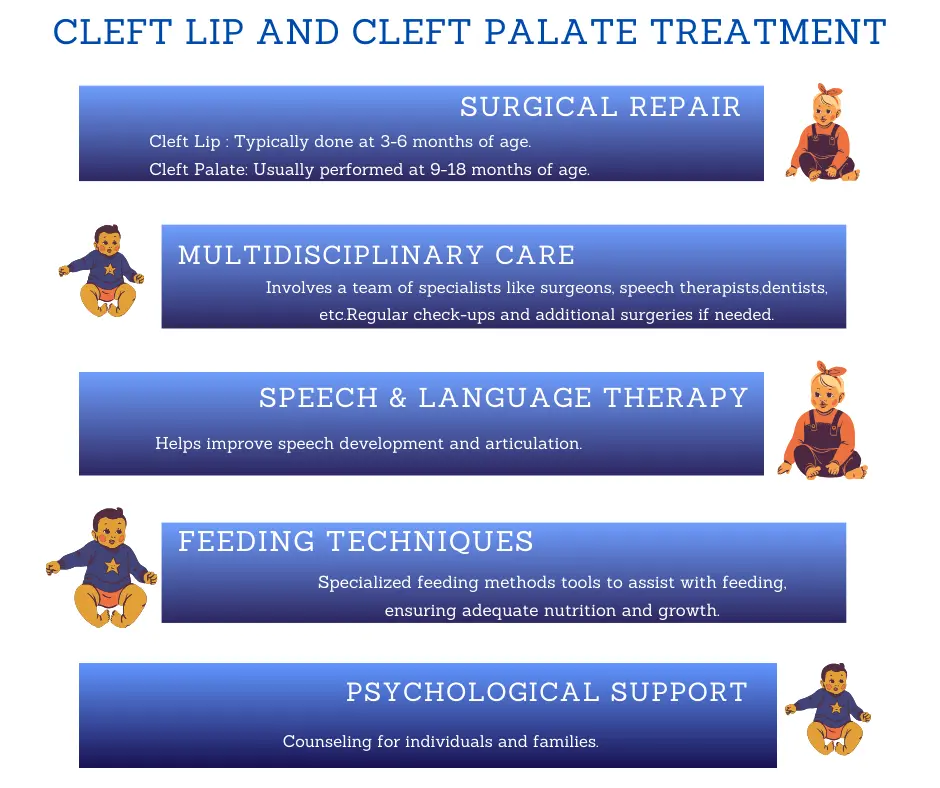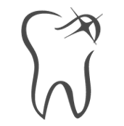
VISITING HOURS:
Week Days - 9 am to 8 pmSundays - Only Emergency Cases
Cleft Palate and Cleft Lips in Children: All You Need to Know
Cleft lips and cleft palates are conditions where an infant has an opening on its upper lip and the roof of its mouth. A cleft lip refers to an opening in the middle or at the sides of the upper lip. However, a cleft palate refers to the presence of an opening at one of the ends of the hard palate and/or soft palate. These developmental abnormalities can range in severity and necessitate medical intervention for proper management. Read on to understand more about treating cleft palate and cleft lips in children.
Cleft Lip and Cleft Palate Effects on Babies
Babies born with cleft lip or cleft palate may suffer a variety of difficulties that might influence several elements of their well-being:
Difficulties Feeding: Babies may have difficulties feeding from both the breast and a bottle.
Speech Impediments: Speaking problems are frequent and necessitate attention and intervention.
Ear Problems: Fluid collection behind the eardrum is frequent and can impair hearing.
Dental Issues: Depending on the circumstances, tooth problems may be present.
Gender Disparities
Male infants have more prevalence of cleft lips either with a cleft palate or alone. However, female babies have a higher incidence of cleft palate without cleft lips.
Diagnosis of Cleft Lip and Cleft Palate
Prenatal Diagnosis: A prenatal ultrasound can reveal anomalies in the upper lip, nasal aperture, or palate before birth. Given that up to 35% of cleft lip and palate conceptions may have other non-oral cavity defects, specialized ultrasounds may be necessary. Obstetricians may also recommend blood testing or amniocentesis. Recommendations can also include a perinatologist or a geneticist – specialists in high-risk pregnancies.
Postnatal Diagnosis: Because cleft lip is apparent at birth, detecting and diagnosing it is usually simple. Routine screening for cleft palate is performed on newborns, which includes a comprehensive inspection of the hard and soft palate under direct illumination. Furthermore, the examiner palpates both the hard and soft portions of the palate with their finger to detect any potential “partial cleft,” which occurs when a defect in the palate is disguised by unbroken skin, analogous to hiding a hole in the sand with a towel.
How are Cleft Lip and Palate Corrected by Doctors?

The main course of action for treating cleft palate and cleft lips in children is surgery. The particular strategy is determined by variables like the child’s age, the severity of the cleft, and any other medical issues. Surgery is typically performed in a hospital setting, with the child receiving anesthesia to ensure they are unconscious during the procedure.
A cleft lip correction often requires one or two operations. Usually, the first operation is performed when the infant is three to six months old. The goal of this surgery is to seal the baby’s lip gap. Around the age of six months, a second procedure could be done if necessary to further improve the lip’s appearance.
Surgery to repair a cleft palate is usually done later, typically between 9 to 18 months of age or older, depending on the child’s individual needs. Surgeons close the opening in the roof of the mouth (palate) to improve feeding, and speech development, and prevent fluids from entering the nasal cavity during swallowing.
Several non-invasive methods can be used in advance of surgery to improve the results of repairs for cleft lip and palate. With these treatments, the baby’s lip, nose, and mouth are shaped to prepare them for surgery.
Lip-Tapping Treatment: This non-invasive technique helps to bring the corners of the lips closer together and is used to close the space in the cleft lip.
Nasal Elevator: This method helps the baby’s nose take on its proper shape, giving it a more symmetrical and natural appearance.
Nasal-Alveolar Molding (NAM) Device: Employed to mold lip tissues into a more favorable position before the lip repair surgery, the NAM device plays a role in optimizing the final aesthetic outcome.
Additional Procedures That Can Be Helpful For Cleft Palate And Lip are:
Cleft palate and cleft lips in children may need nonsurgical therapies in addition to surgical procedures to address various aspects of their condition. These could consist of:
Speech Therapy: An essential part of providing children with cleft lip or palate with complete treatment is speech therapy. The child’s therapist works with them to enhance their overall communication abilities, clarity of speech, and articulation.
Orthodontic Treatment: Children with cleft lip or palate may benefit from orthodontic interventions to address problems with tooth alignment and positioning. The best possible oral health and appearance are enhanced by these procedures.
Feeding Techniques and Specialized Equipment: For infants with cleft lip and/or palate, non-surgical interventions include specialized feeding techniques and tools to assist with feeding, ensuring adequate nutrition and growth.
Psychological Support: Counseling and psychological support for both individuals and their families can help manage the emotional and social challenges associated with cleft lip and palate.
These nonsurgical approaches are integral components of the holistic care provided to children with cleft conditions. The combined efforts of surgical procedures, speech therapy, and orthodontic treatments aim to enhance both the functional and aesthetic aspects of a child’s development, promoting overall well-being.
Key Members Our Medical Team
A diversified medical team’s combined effort is critical in monitoring and optimizing the prognosis for cleft palate and cleft lips in children. Dentique stands out as a premier choice for treating cleft palate and cleft lips in children due to its expert, multidisciplinary team of experts. Our group of medical experts in treating cleft lips consists of:
Plastic Surgeon
Otolaryngologist (ENT – Doctor of the Ear, Nose, and Throat)
Dental Surgeon
Prosthodontist (Dental Appliance Specialist)
Orthodontists and dentists
Speech Pathologist/Therapist
Audiologist (Hearing Specialist)
Social Worker/Psychologist
Geneticist
Nurse Coordinator
These doctors’ coordinated efforts, together with the assistance of parents, contribute to complete medical management. Regular follow-up and coordination are essential throughout the child’s developmental stages. Individuals with cleft lip and palate can have a better prognosis by addressing both the physical and emotional elements, allowing them to live more fulfilled lives.
Dentique excels in providing compassionate and successful treatment by focusing on the particular needs of each child, making it a trusted destination for families seeking top-notch care for cleft palate and cleft lip disorders.
OUR
TREATMENTS
TREATMENTS








